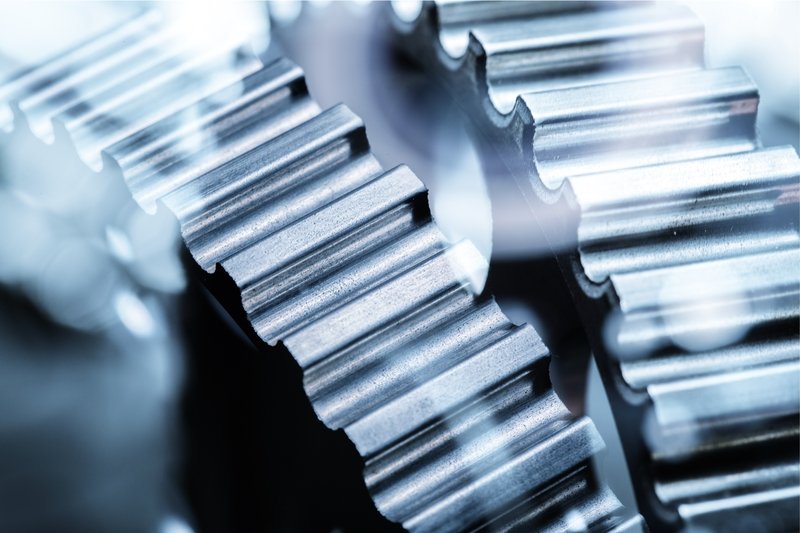When people talk about ‘gearing’ in a business, they are usually referring to one of two types;
- Financial gearing
- Operational gearing
Here’s a guide to what gearing is, and how you can use it to increase the returns your business makes;
1. Financial gearing
Financial gearing involves the use of debt to fund a business. To explain how it can work in practice, let’s look at an example using the housing market;
Imagine that you had £100,000 and were considering buying a house; you have two houses to consider – one will cost £100,000 to purchase, while the second will set you back £1million.
If you buy the second house, you will need to borrow an additional £900,000. Which house should you buy?
If you think that house prices are going to rise then you should buy the second house. If house prices double, it will be worth £2million; you will still owe the bank the £900,000 that you originally borrowed, and so your equity investment will be £1,100,000 (pretty good, given you started with a £100,000 investment).
However, what if house prices fall? If house prices halve, then you will be left with a house that is worth £500,000. You still owe the bank £900,000, which will leave you short by £400,000. This is negative equity.
So as this housing example shows, financial gearing raises the return that can be generated but also increases risk. Debt is higher risk to a business, but can generate a higher return for the shareholders.
Financial gearing at work in a business
Let us look at this example in a business:
Imagine a business that is operating with £1million of capital – this capital invested comes from two different sources:
- Debt (provided by the banks) and
- Equity (provided by the shareholders)
Now imagine that the business is able to use that capital to trade and generate a profit of £100,000 per year.
The ‘Return on Investment’ is the profit over the capital (in effect, the Return on Capital Employed or ROCE) – that is 100,000/1million – or 10%.
But, what about the source of the capital?
Free Tide Business Bank Account - £50 Cashback!

Open a free business current account to qualify + enjoy 12 months free transactions. Read our Tide review.
If the business is funded 100% by shareholders (in the form of equity) then the return for the shareholders (Return on Equity or ROE) is also 1/10 – 10%.
However, if the business is like our housing example – where the shareholders have invested £100,000 and borrowed the remaining £900,000 from the bank? In this case, the ROCE will remain at 1/10 – 10%, but the Return on Equity (ROE) will have increased to; 100,000/100,000, which is 100%.
Financial gearing provides leverage
The effect of gearing on a company is known as ‘leverage’. Leverage is defined as ‘capital divided by equity’.
So, in the example above, through the use of debt, the equity shareholders have managed to increase their return on investment from 10% to 100%.
However, if the company starts to make a loss rather than a profit, the size of this loss (when compared to the equity investment by the shareholders) will also be magnified.
2. Operational gearing
A less commonly used financial term is ‘operational gearing’. Whereas ‘financial’ gearing is concerned with the relationship between debt and equity – how the business is funded – ‘operational’ gearing is concerned with the relationship between the fixed and variable costs of a business.
Imagine our company’s Profit & Loss Account (or Income Statement) shows that the £100,000 profit is arrived at thus:
Scenario 1
Sales – £1million
Cost of Sales – (£800,000)
Gross Profit – £200,000
Overheads – (£100,000)
Operating Profit – £100,000
The cost of sales are generally considered to be variable costs (if you increase the number of items that you sell, then you need to increase the number of items that you must buy), whereas the overheads are generally considered to be fixed costs (the number of items you sell will not affect the rent you pay on your head office).
In scenario 1, if the company were to sell nothing, it would show a loss of £100,000 (if sales were £nil then, by definition, we can assume that cost of sales would also be £nil, leaving just the fixed overheads of £100,000).
Likewise, if sales were to double, then the cost of sales would also double and so the gross profit would double to £400,000. Overhead would remain constant, so the operating profit would be £300,000.
Scenario 2
Sales – £1million
Cost of Sales – (£100,000)
Gross Profit – £900,000
Overheads – (£800,000)
Operating Profit – £100,000
In scenario 2, again sales of nothing would result in cost of sales and gross profit of £nil, but because there are such high fixed costs (overheads) in scenario 2, the company would book a loss of £800,000 (compared to £100,000 under Scenario 1).
However, if sales were to double, then the cost of sales would also double, causing operating profit to double to £1.8m; overheads (£800,000) remain constant, so the company would record an operating profit of £1million (compared with £300,000 under Scenario 1).
Under Scenario 2, the company is said to have ‘high operational gearing’ – in effect the fixed costs are high compared to the variable costs. Just like a company with ‘high financial gearing’, high operational gearing increases the risk to the shareholders, but also increases the potential rewards.
So, which is better – high operating & financial gearing or a lower geared business model?
The answer is: “it depends”. It depends on your appetite to risk, your confidence in your business model and the general performance of the economy or market in which you are operating.
This guide has been written for ByteStart by Ted Wainman, a Professional Business Trainer & Author of “How to Talk Finance: Getting to grips with the numbers in business” (Pearson, 2015). Find out more here.










